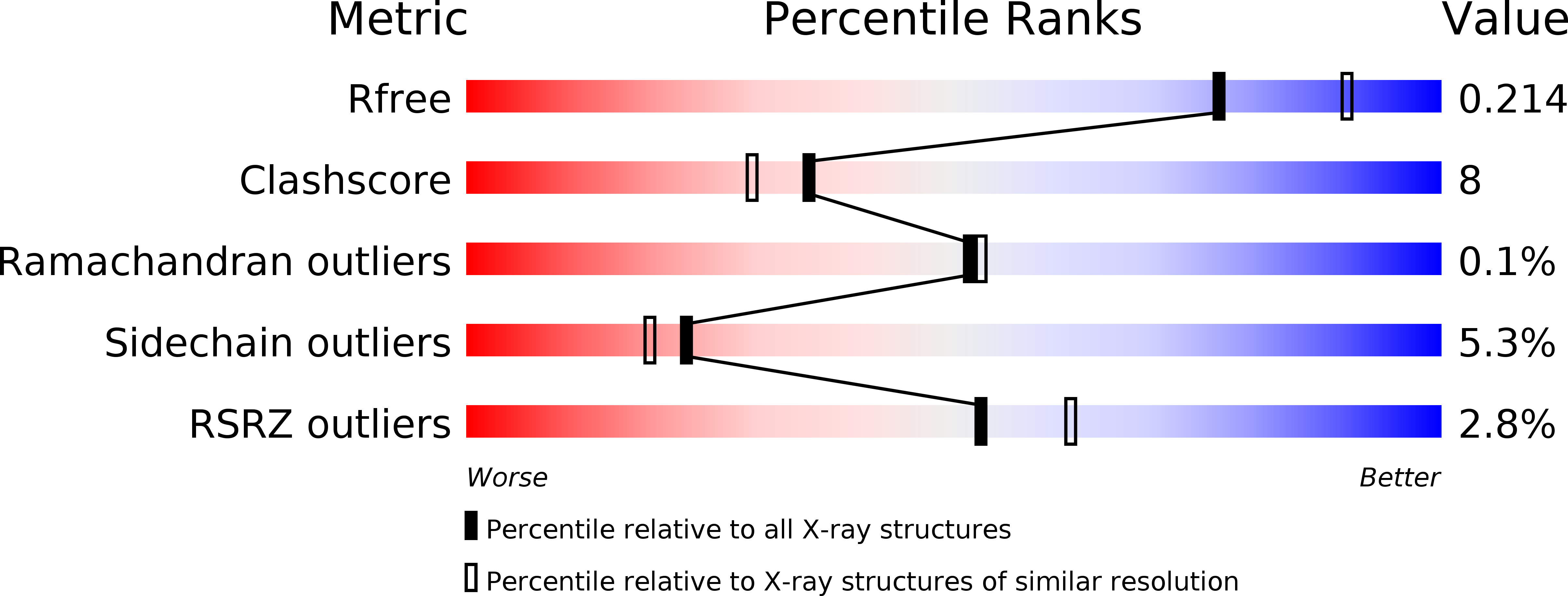
Deposition Date
2009-05-15
Release Date
2010-02-09
Last Version Date
2023-09-06
Entry Detail
PDB ID:
3HHD
Keywords:
Title:
Structure of the Human Fatty Acid Synthase KS-MAT Didomain as a Framework for Inhibitor Design.
Biological Source:
Source Organism:
Homo sapiens (Taxon ID: 9606)
Host Organism:
Method Details:
Experimental Method:
Resolution:
2.15 Å
R-Value Free:
0.21
R-Value Work:
0.16
R-Value Observed:
0.17
Space Group:
P 1


